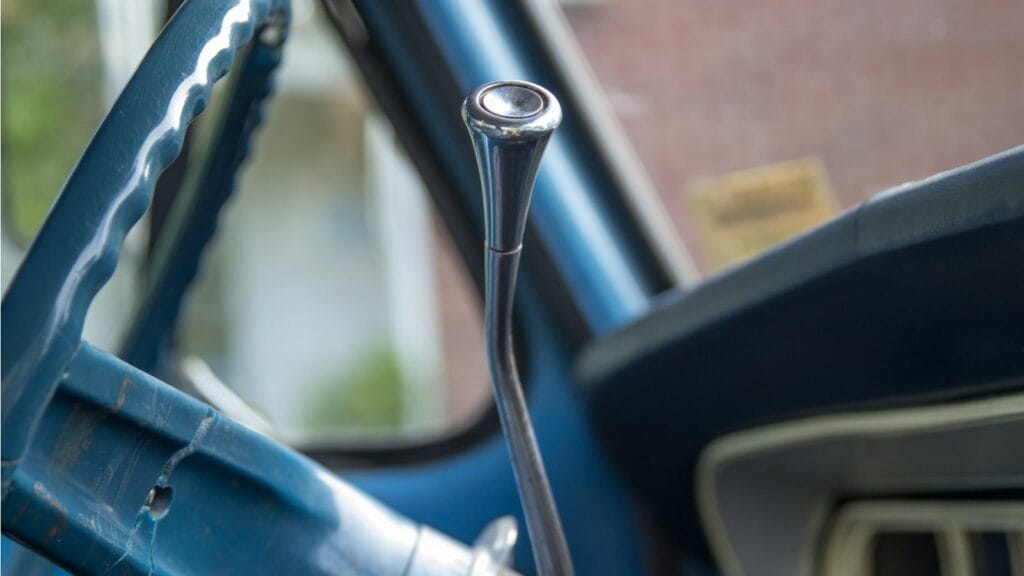Cars today are faster, safer, and more connected than ever, but in the push toward touchscreens, automation, and minimalism, plenty of once common features have quietly disappeared. Some of these were phased out for safety or cost reasons, others because technology simply moved on. Still, for many enthusiasts and everyday drivers, these features carried charm, practicality, or just plain fun. Here are 12 car features that disappeared from the market, expanded with more detail on why they vanished and why some people still wish they would return.
Pop Up Headlights
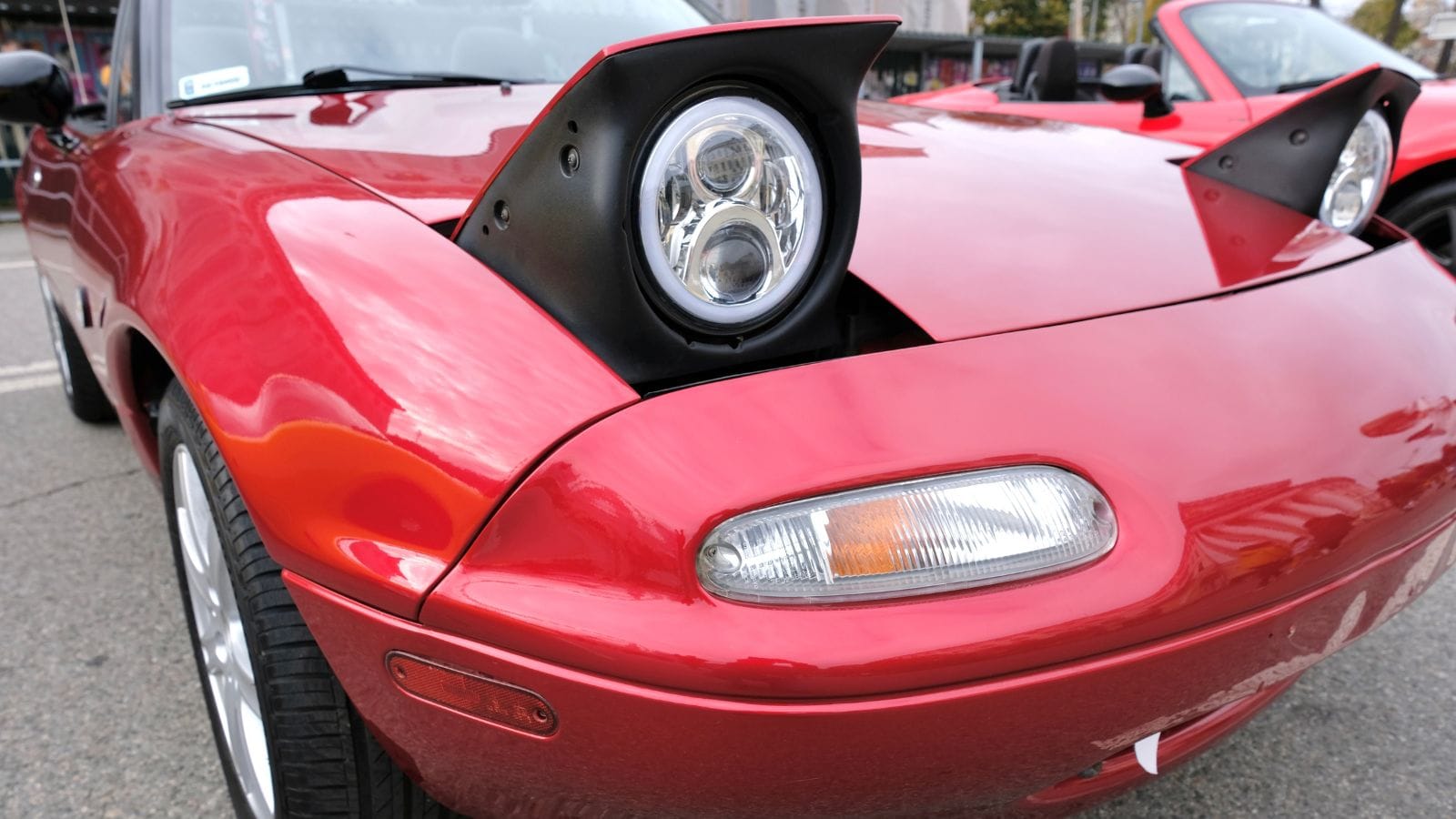
For decades, pop up headlights were the ultimate cool factor. Sports cars like the Mazda RX7, Chevrolet Corvette, and Toyota MR2 wore them proudly. They disappeared because of pedestrian safety regulations and the push for sleeker aerodynamics. Enthusiasts still romanticize them because they gave cars instant personality, with a sense of theater every time the lights popped up. They also added a playful quirkiness that modern cars often lack. Even though newer safety laws make a comeback unlikely, people remember them as a symbol of when design was fun and bold.
Manual Window Cranks
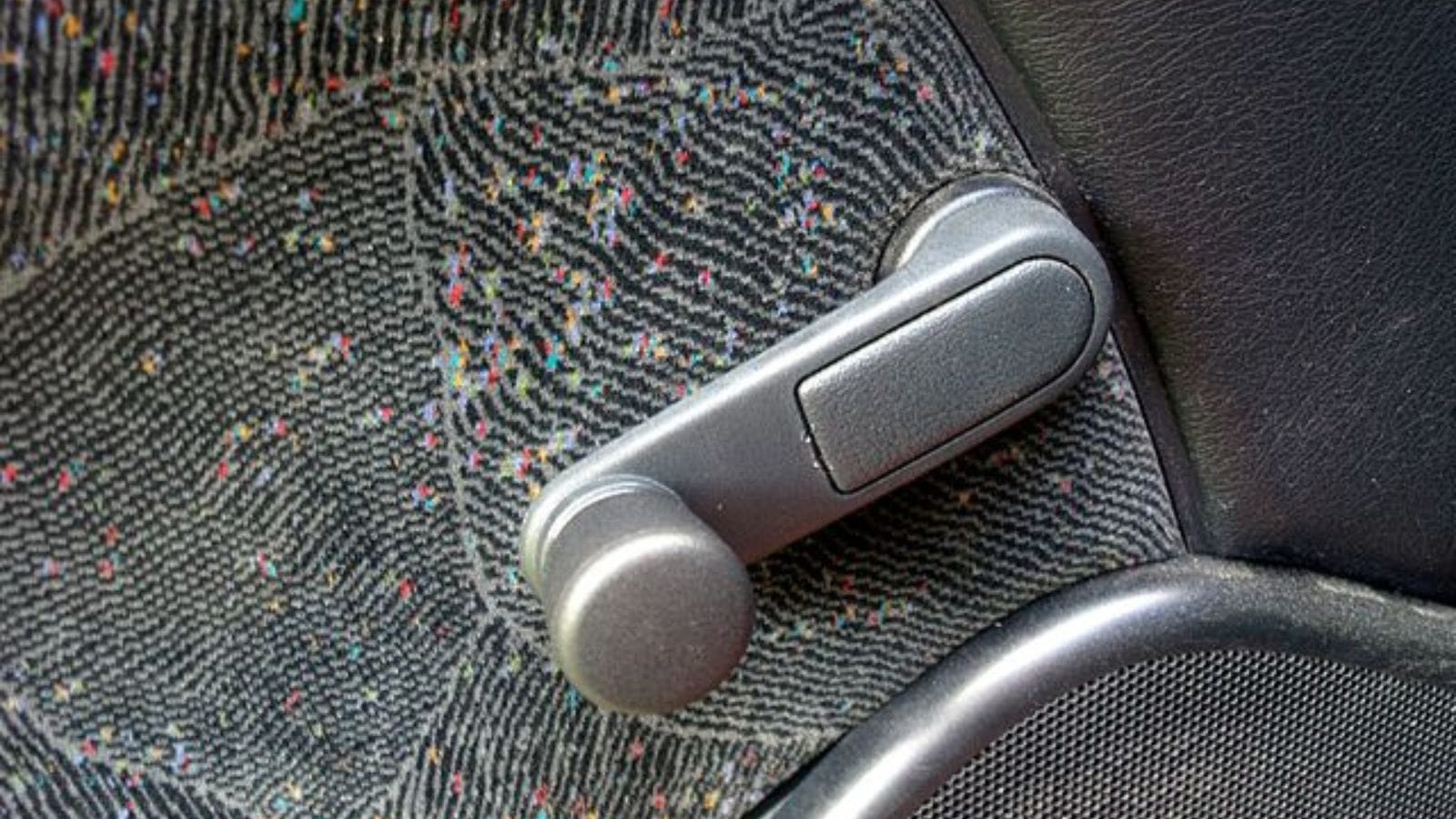
Hand cranked windows were once standard, even into the 1990s on many economy cars. Power windows eventually took over, and today manual cranks are virtually extinct outside of older trucks. While cranks were sometimes inconvenient, drivers miss their simplicity because they never failed, never burned out a motor, and always worked even if your battery was dead. They were a reminder of mechanical honesty, and some drivers wish automakers would keep them as a fail safe option.
Ashtrays and Cigarette Lighters
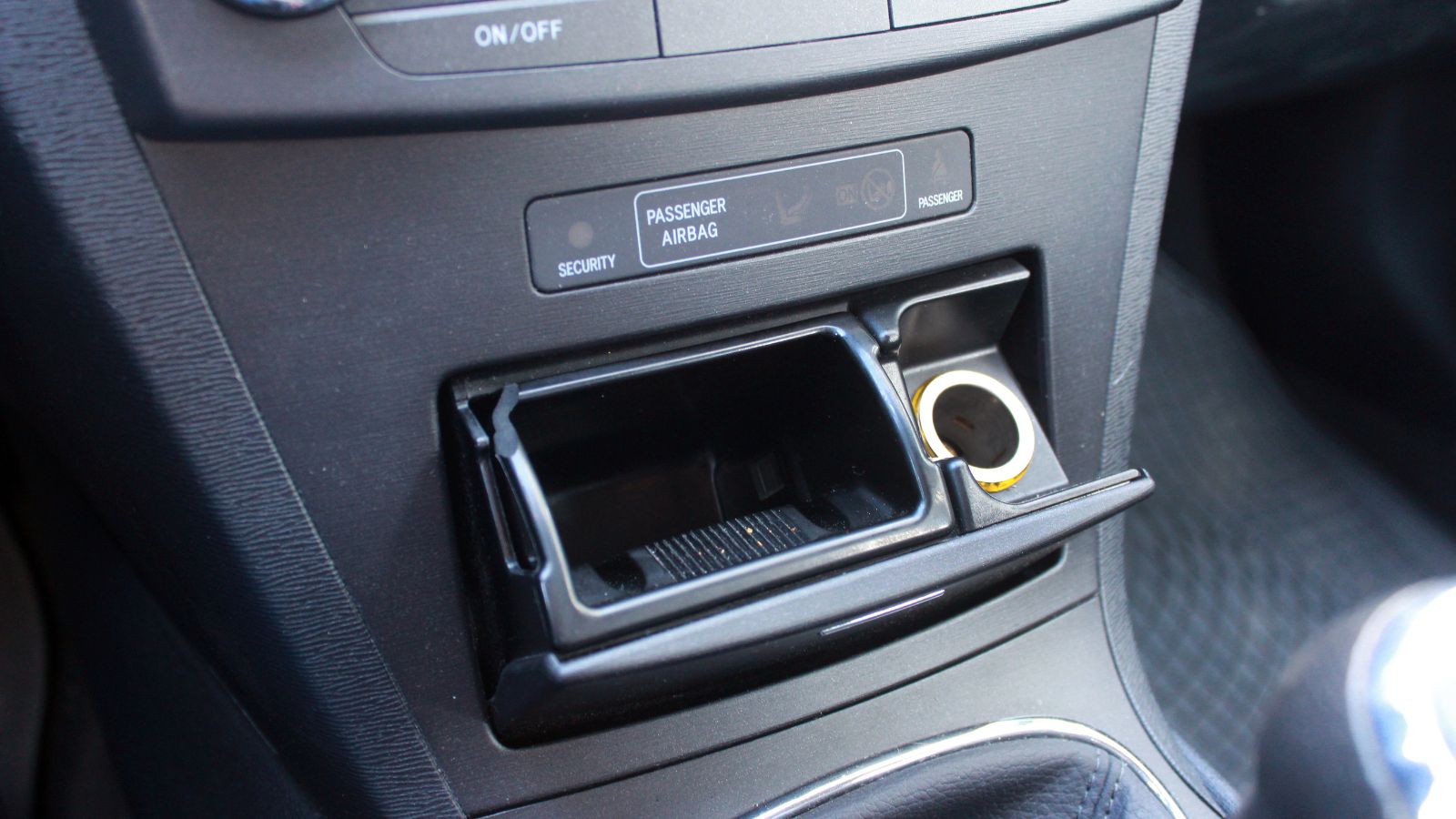
Almost every car once came with an ashtray and lighter. As smoking declined and automakers shifted focus to cupholders and USB ports, these features disappeared. Still, some drivers want them back, not for smoking, but for the practical storage of coins, fuses, or small items. The lighter sockets were also handy for powering gadgets before USB ports became the norm. Their absence shows how car design has followed lifestyle changes, but nostalgia lingers for the days when every car had these little trays built in.
Tailfins
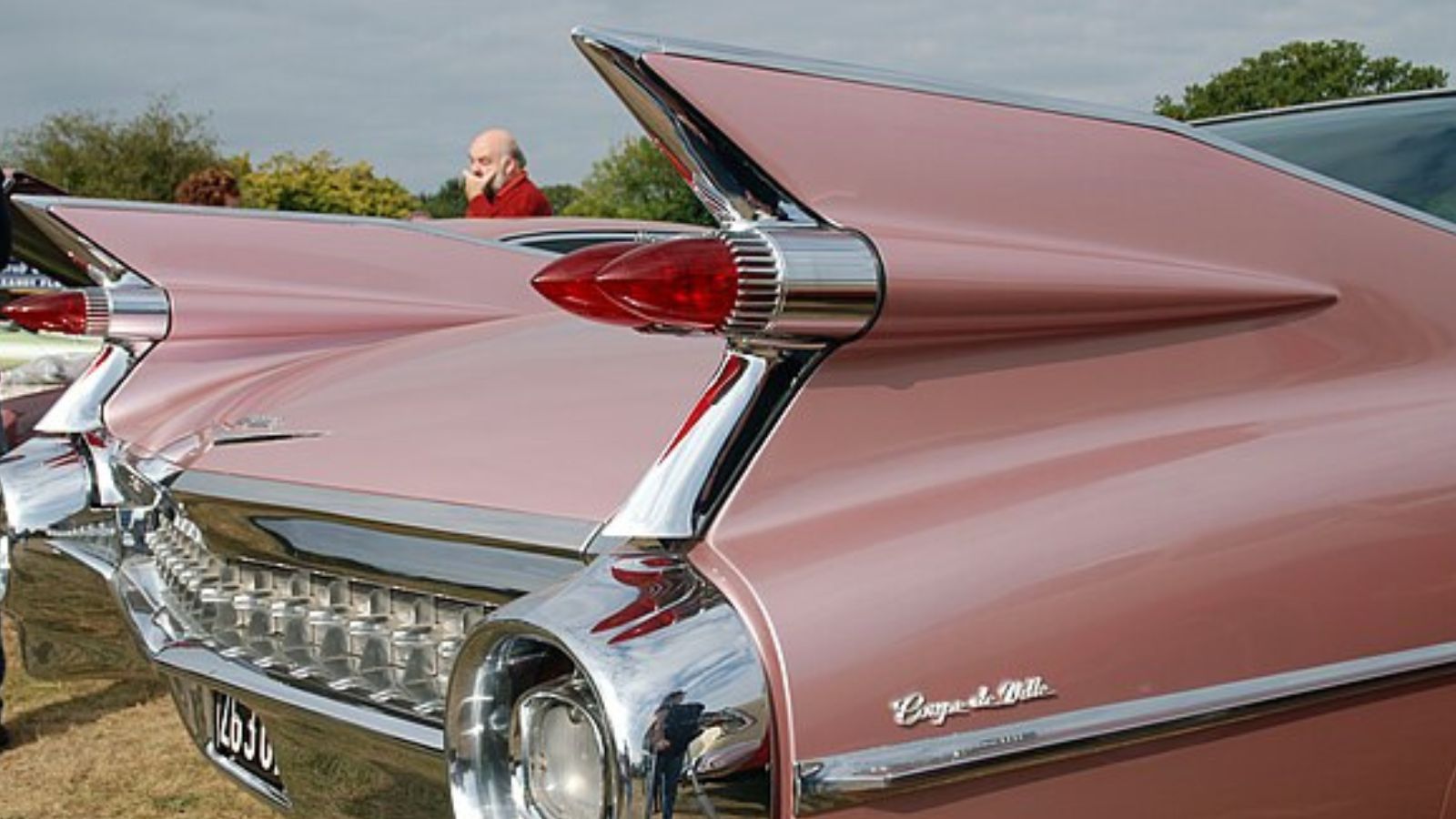
Back in the 1950s and 1960s, tailfins were bold statements of style. Inspired by jet aircraft, they made cars look futuristic and flamboyant. By the 1970s, changing tastes, safety rules, and the oil crisis ended the era of excess styling. Yet collectors today long for the drama that fins provided. Modern cars, while sleek and efficient, often look too cautious or similar. Tailfins represented a time when cars were rolling sculptures, and some enthusiasts wish automakers would dare to bring back that kind of design flair.
Vent Windows
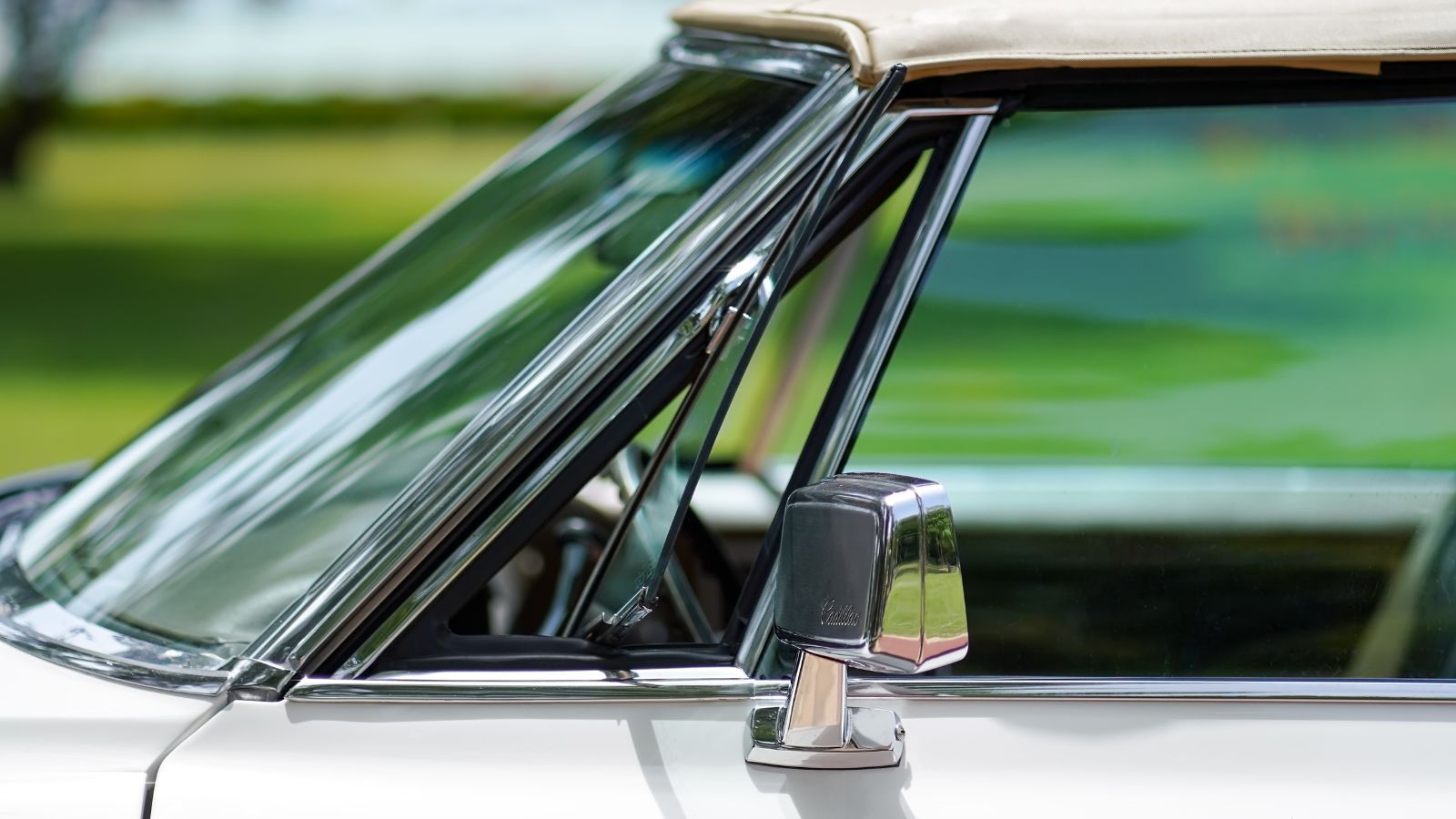
Also called wing windows, these little triangular panes on the front doors could be flipped open to scoop in fresh air. They disappeared as air conditioning became common and side impact safety rules made them impractical. People miss them because they offered natural ventilation, a breeze on your face, and they did not require running the AC. For classic car fans, vent windows are also part of the nostalgic look of mid century sedans and coupes.
Hood Ornaments
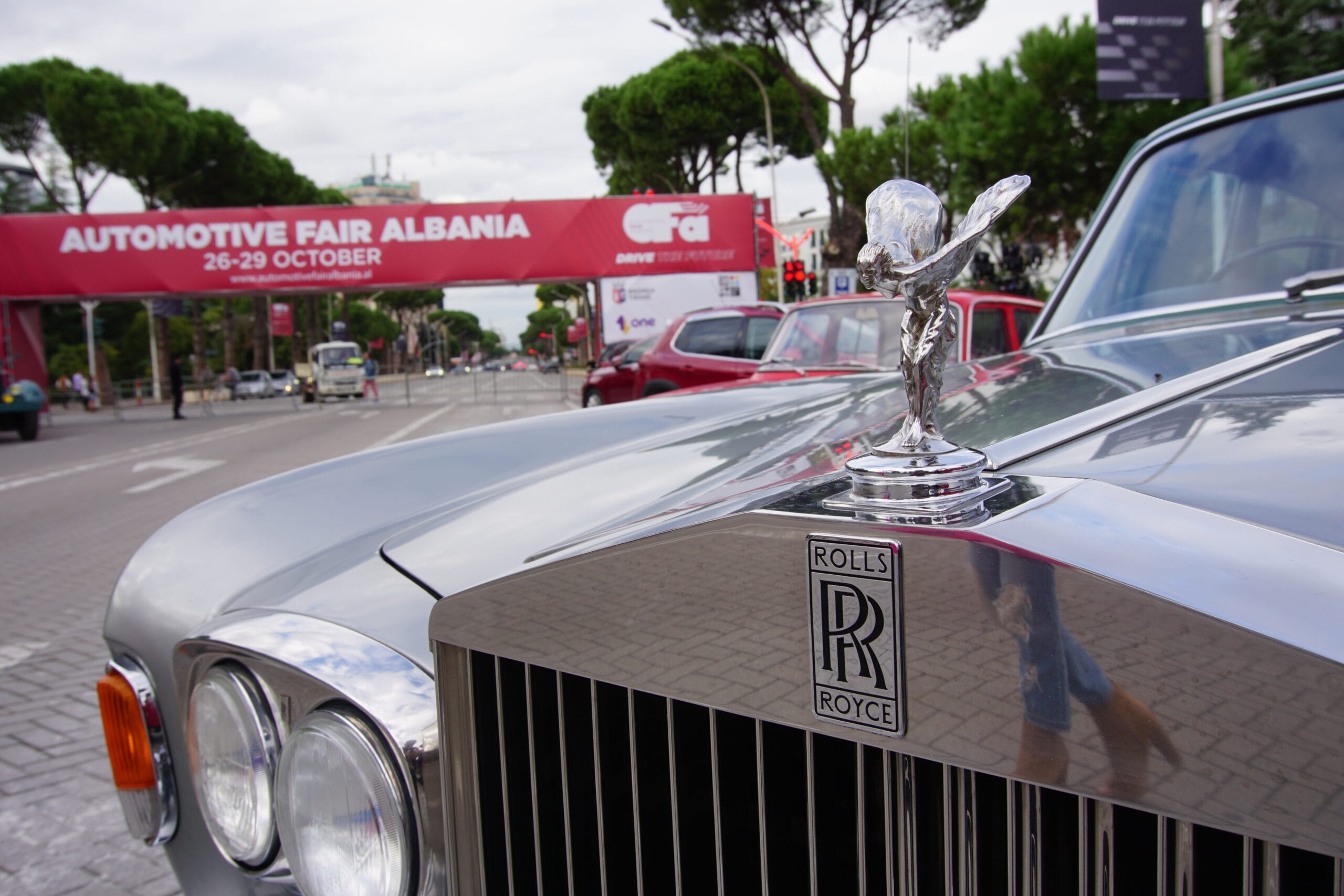
From the Rolls Royce Spirit of Ecstasy to the leaping Jaguar, hood ornaments once gave cars an identity. They slowly disappeared due to safety concerns, theft, and changing design philosophy. Some luxury brands still use retractable or stylized versions, but the classic standing mascots are gone. Many enthusiasts miss them because they added character, elegance, and a sense of pride to a car’s design. Today’s cars may be sleeker, but they lack that little piece of jewelry that once made cars instantly recognizable.
Tape Decks
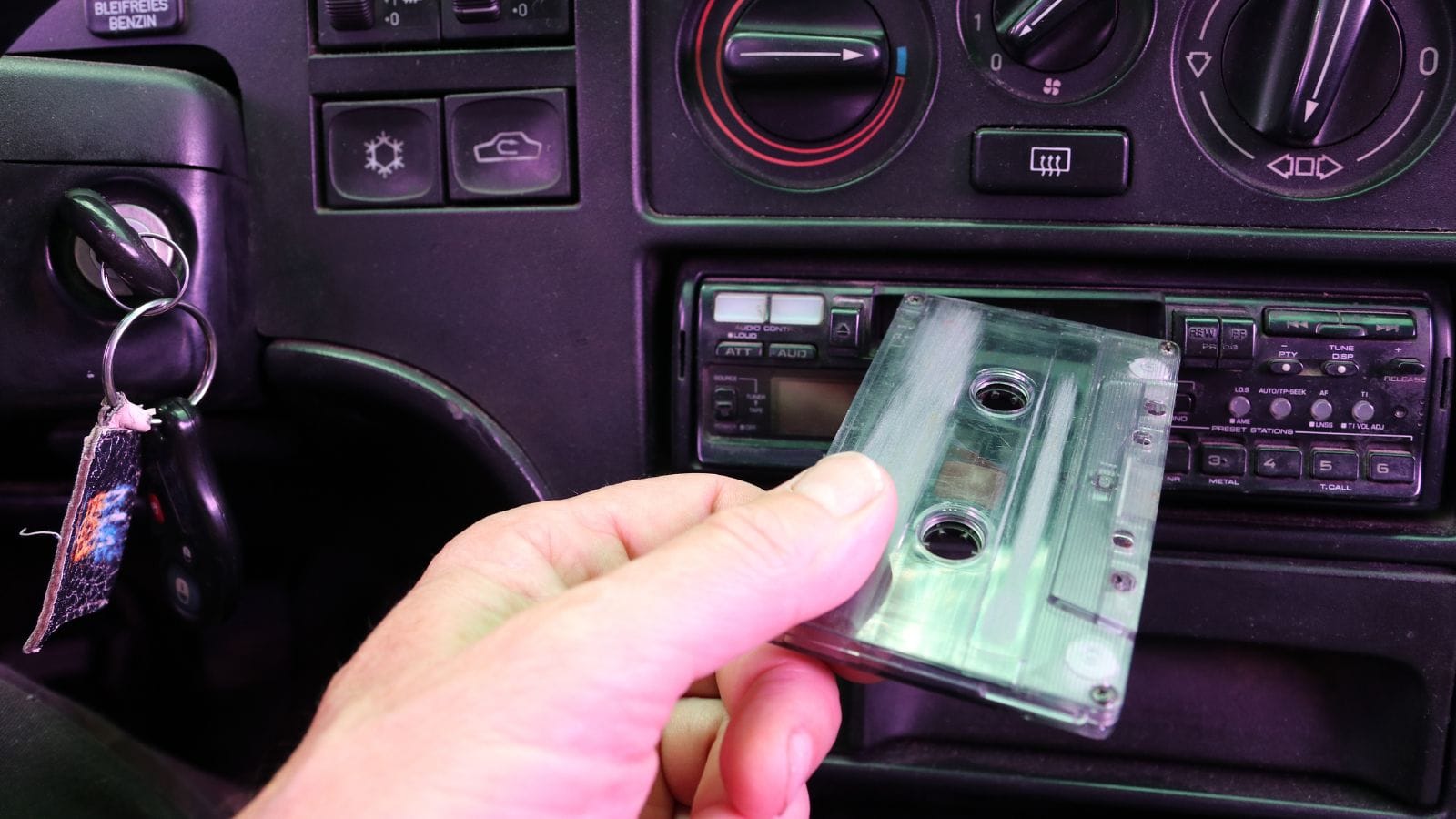
Cassette players were once the standard in car audio systems. They gave way to CDs, then aux jacks, and now Bluetooth and streaming. While outdated technologically, some drivers miss the tactile feel of inserting a tape, flipping it over, or making mixtapes. Nostalgia has kept cassette culture alive among collectors of 80s and 90s cars, who value tape decks as part of the driving experience of that era. Even though modern infotainment systems are far more capable, tape decks carry an emotional connection to a different time in motoring.
Column Shifters
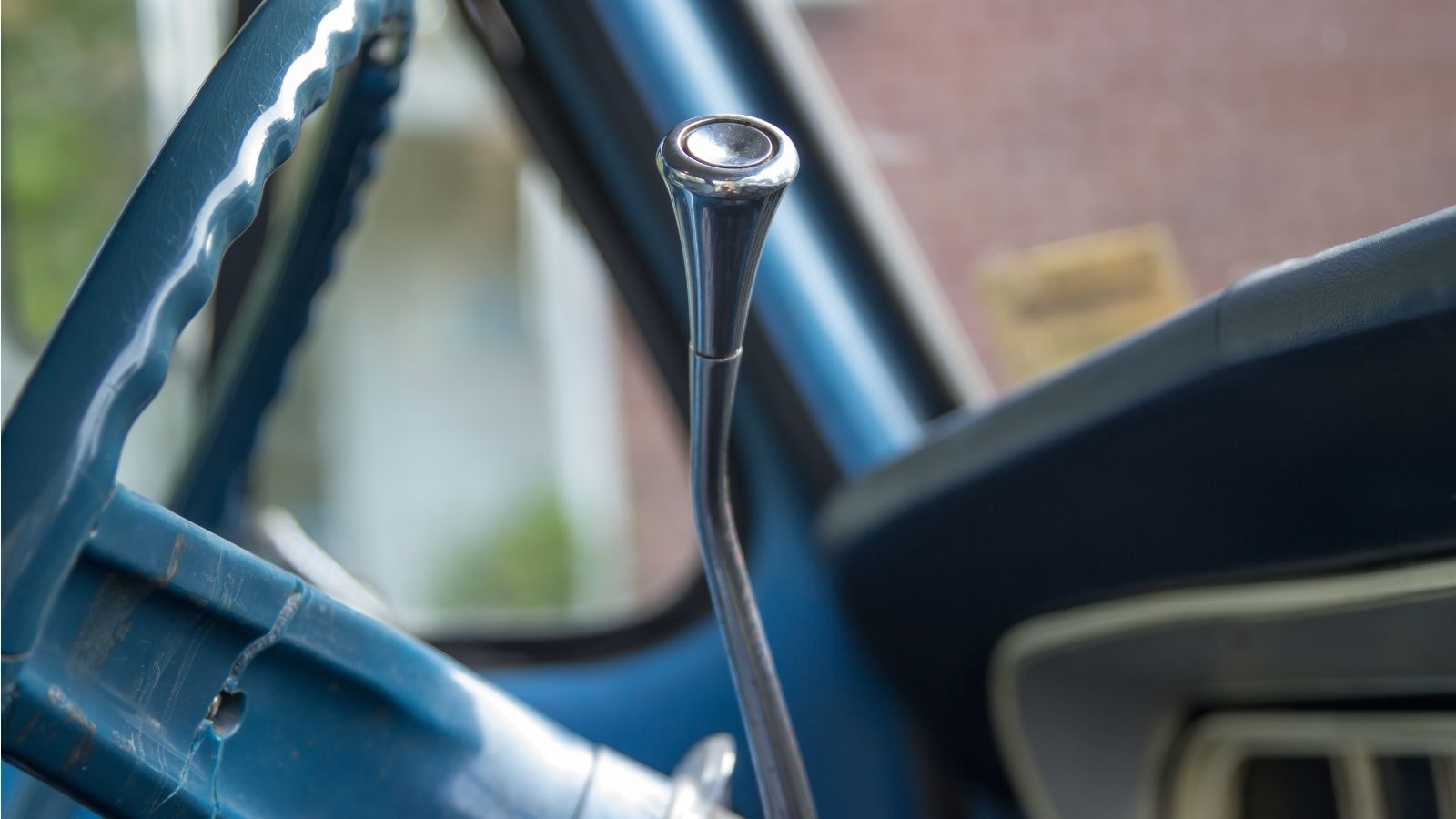
In the mid 20th century, column shifters were everywhere, especially in American sedans and trucks. They freed up space for bench seating, letting three people ride across the front. As center consoles and bucket seats became the norm, column shifters faded away. They were not sporty, but they symbolized practicality and family road trips. Some truck enthusiasts and classic car fans still miss them for the space they offered and the old school feel they brought to driving.
Hidden Gas Caps
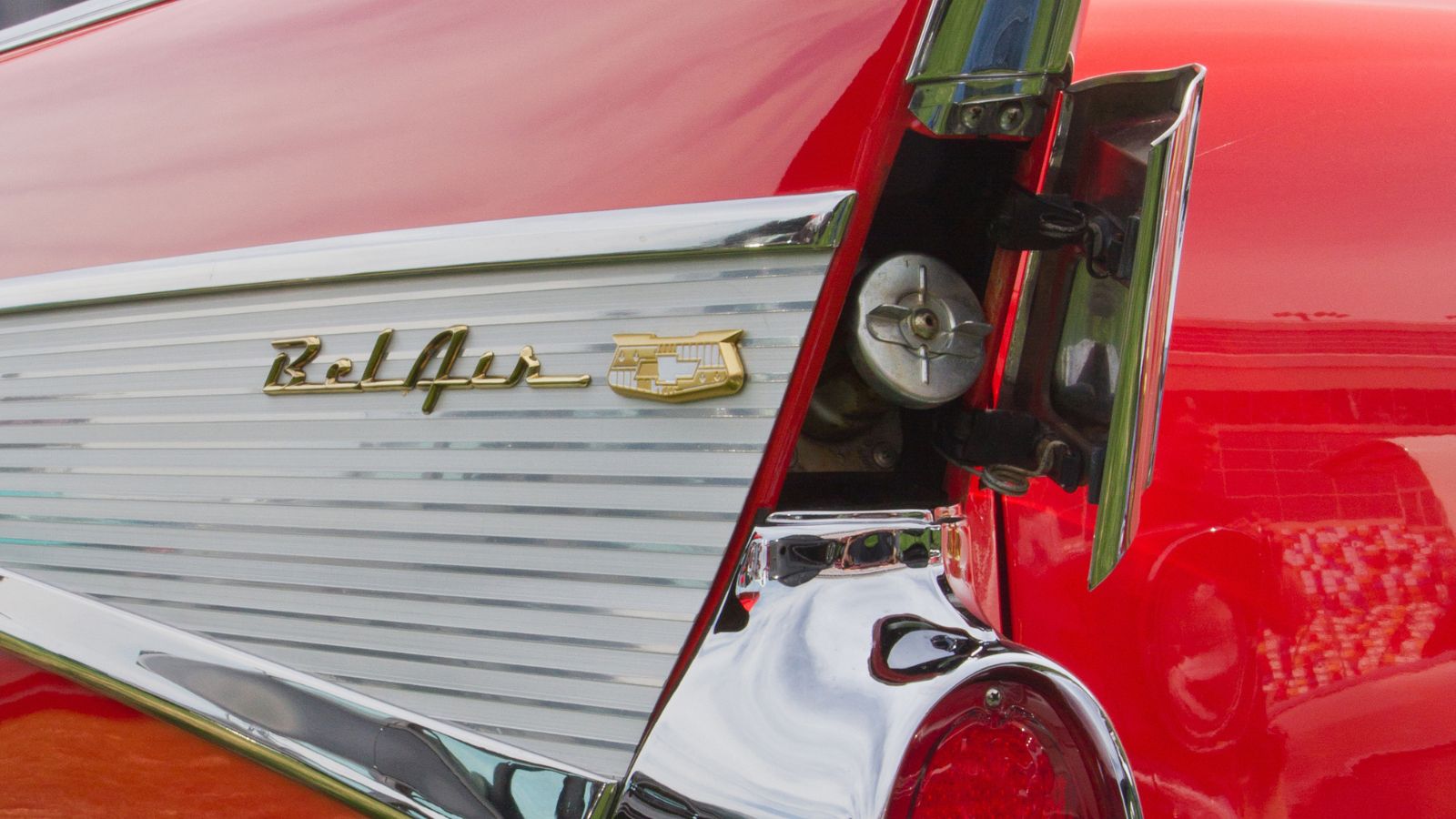
Many classic cars tucked the fuel filler behind the license plate, under taillights, or behind decorative trim. This gave cars a cleaner look, with no exposed cap disrupting the lines. They vanished when emissions regulations and safety standards required more standardized fuel filler placement. Enthusiasts remember them fondly for their cleverness and the sense of design symmetry they created. Hidden gas caps made refueling a little ritual of discovery, something modern cars no longer offer.
Retractable Antennas
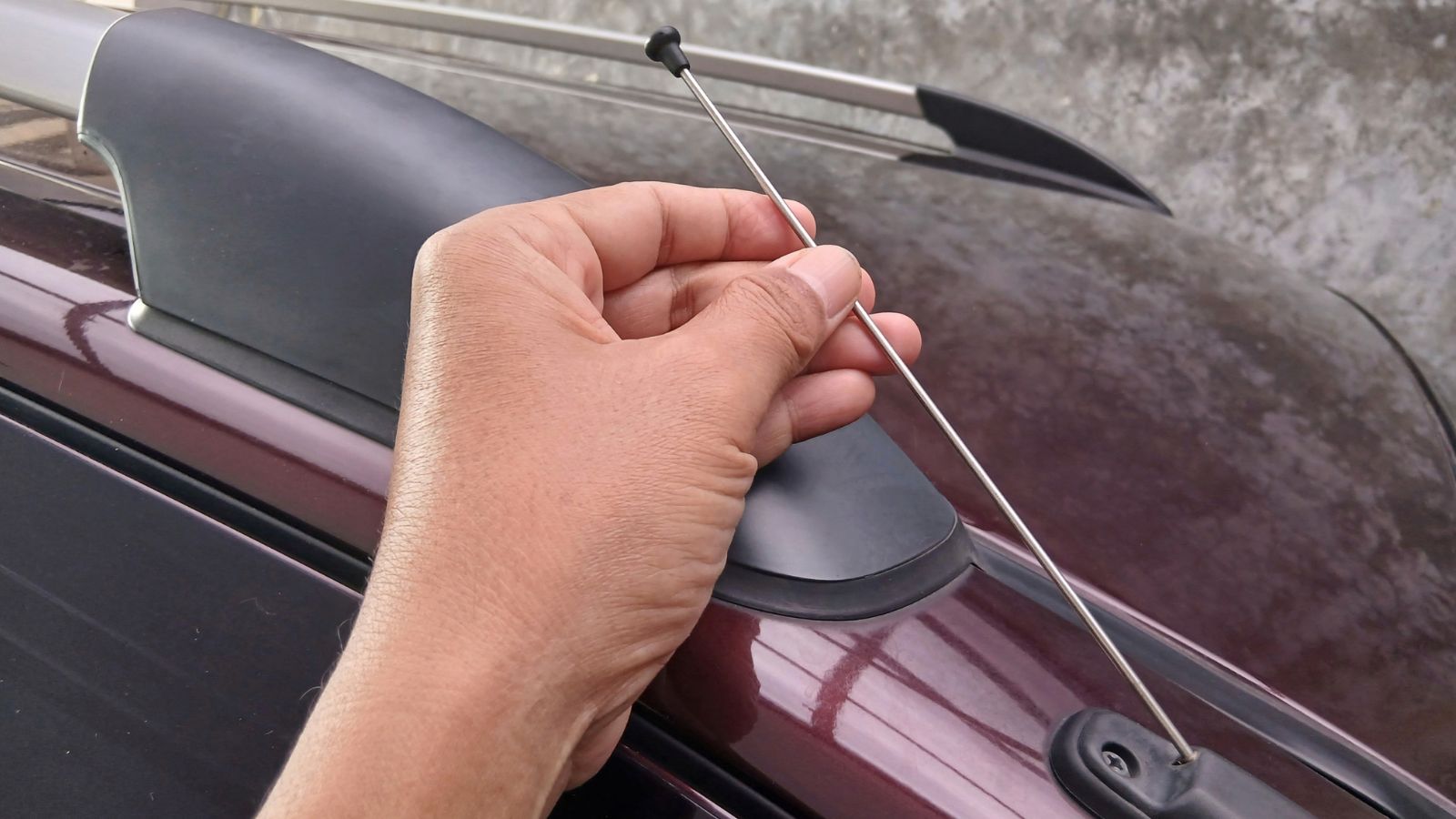
Power antennas that rose when you turned on the radio and retracted when parked were once a sign of sophistication. Today’s cars rely on integrated antennas or shark fins for better durability and reception. Still, many drivers miss the small sense of occasion that came from watching that thin mast slide upward when you started the car. It was a little piece of showmanship, a detail that gave even ordinary cars a touch of class.
Full Size Spare Tires
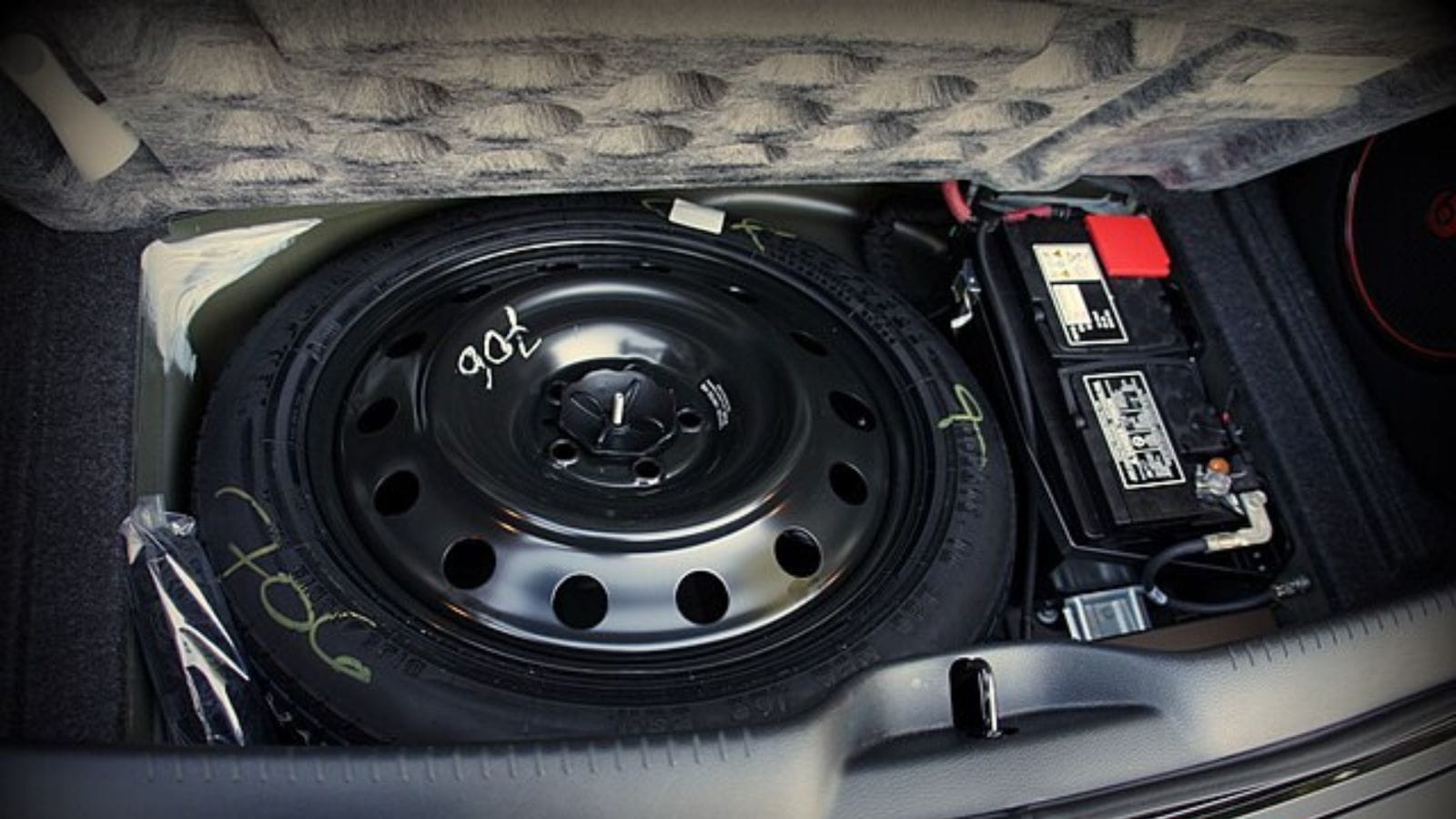
Once upon a time, every car came with a full size spare in the trunk. Today, most come with temporary space saver spares, repair kits, or no spare at all in the name of saving weight and boosting fuel efficiency. While modern roadside assistance reduces the need, many drivers wish for the reassurance of a proper spare, especially on long trips or in rural areas. For older enthusiasts, having a full size spare is a matter of confidence and preparedness that slim donuts simply cannot match.
Bench Seats in the Front
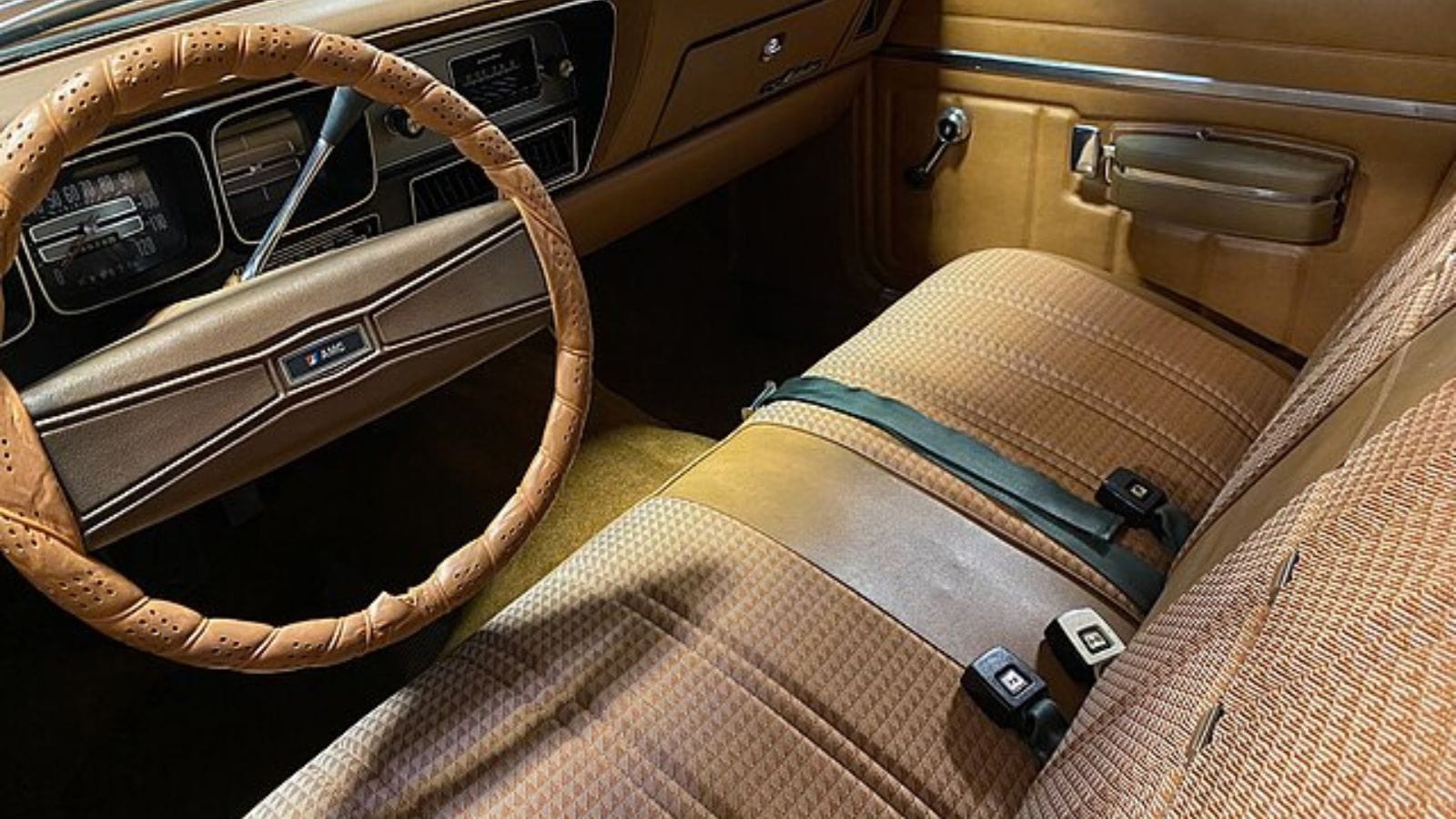
Bench seats up front were once standard in family sedans, big coupes, and pickups. They allowed three passengers to sit side by side, and they made interiors feel wide open. They disappeared as safety regulations, airbags, and changing tastes pushed cars toward bucket seats and center consoles. While they lacked support, bench seats hold nostalgic appeal for their simplicity and the sense of closeness they brought. For many, they are remembered as a symbol of togetherness on road trips, dates, or evenings at the drive in.
Why Drivers Miss The Old Touches
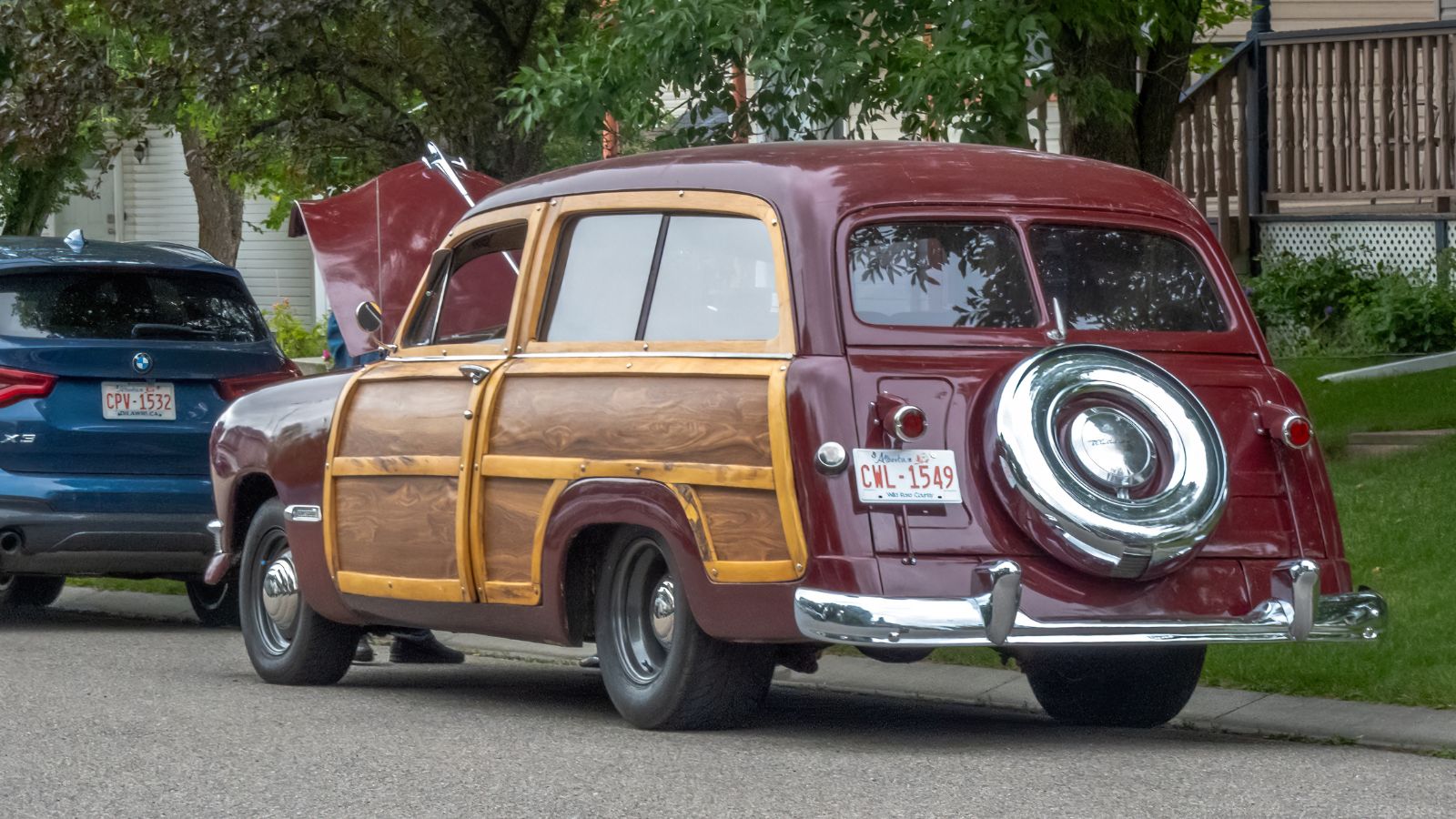
Modern cars are marvels of safety and technology, but in the pursuit of efficiency and regulations, many small features that once gave cars charm have vanished. Whether it was the playful pop up headlights, the practical manual window crank, or the comforting bench seat, these touches added personality and utility. Some will never return, and others could resurface in niche models, but their memory lingers because they remind us of when driving was as much about character as it was about performance.
25 Facts About Car Loans That Most Drivers Don’t Realize

Car loans are one of the most common ways people fund car purchases. Like any other kind of loan, car loans can have certain features that can be regarded as an advantage or a disadvantage to the borrower. Understanding all essential facts about car loans and how they work to ensure that you get the best deal for your financial situation is essential. Here are 25 shocking facts about car loans that most drivers don’t realize:
25 Facts About Car Loans That Most Drivers Don’t Realize
